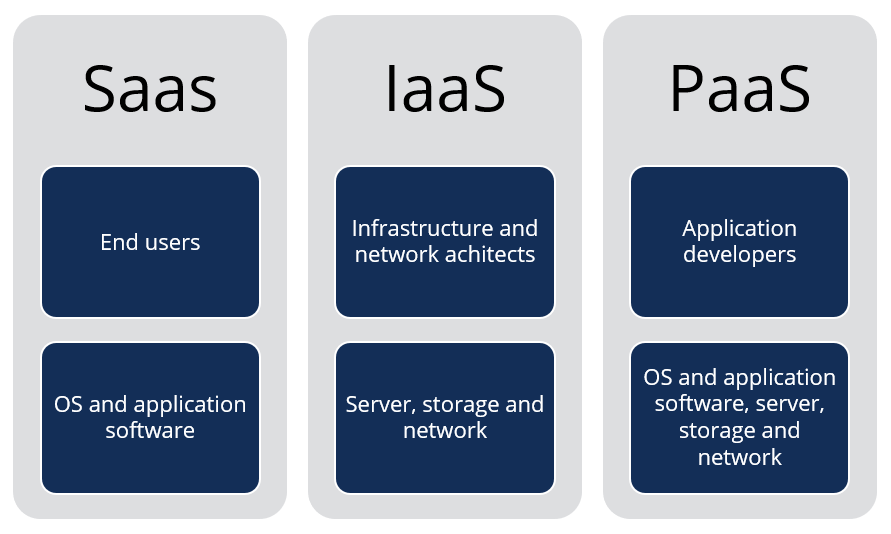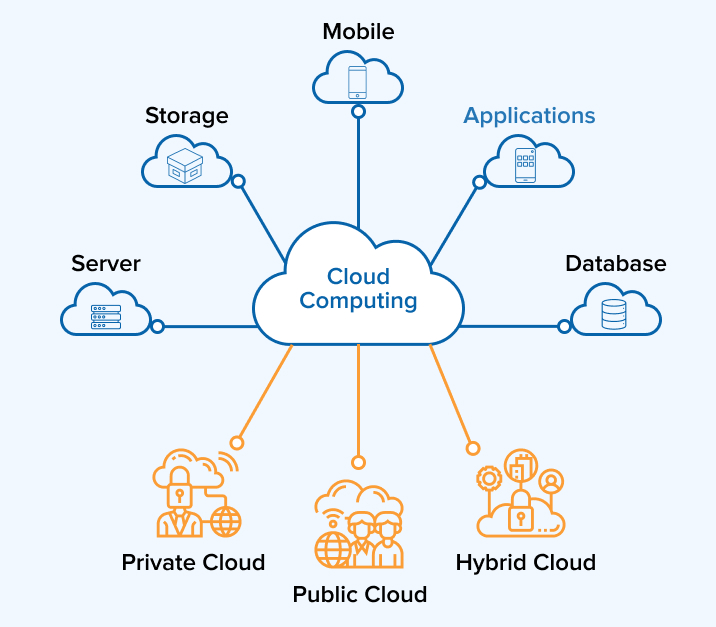LinkDaddy Cloud Services Revealed: Professional Techniques for Cloud Services Press Release Quality
LinkDaddy Cloud Services Revealed: Professional Techniques for Cloud Services Press Release Quality
Blog Article
Simplify Your Framework With Cloud Provider
As services browse the ever-evolving landscape of innovation and information administration, the duty of cloud services in simplifying facilities has ended up being progressively popular. The appeal of structured procedures, boosted efficiency, and boosted resource appropriation with cloud remedies is undeniable. The journey in the direction of an extra cost-efficient and nimble IT framework includes more than simply migrating to the cloud. It calls for a strategic strategy and a deep understanding of the subtleties of cloud adoption. So, how can services effectively navigate this transition and genuinely unlock the possibility of cloud services for simplifying their infrastructure?
Advantages of Cloud Solutions
Cloud services supply a structured technique to managing IT infrastructure, supplying services with cost-efficiency, versatility, and scalability. Among the essential advantages of cloud services is the scalability they offer. Services can conveniently scale their resources up or down based on demand, guaranteeing they just spend for what they make use of. This adaptability is especially beneficial for services with rising and fall demands or those experiencing development.
Furthermore, cloud services get rid of the requirement for services to purchase pricey software and hardware. This cost-efficiency is a significant advantage, especially for tiny to medium-sized ventures looking to decrease ahead of time expenses. By utilizing cloud solutions, organizations can access premium IT sources without the substantial cost tag related to standard facilities arrangements.
In addition, cloud services provide businesses with the versatility to access their information and applications from anywhere with a net link. This level of accessibility boosts cooperation amongst groups, makes it possible for remote job, and boosts total productivity. The flexibility supplied by cloud services encourages services to adjust rapidly to altering market problems and customer needs.
Price Cost Savings and Scalability
Along with the operational advantages highlighted previously, the assimilation of cloud services into a business's framework brings forth substantial expense savings and boosted scalability. Cloud services use a pay-as-you-go version, allowing companies to range sources up or down based on present requirements, thereby avoiding the expenses related to maintaining excess ability. This flexibility allows companies to adapt promptly to changing needs without sustaining unneeded costs.
Additionally, cloud solutions eliminate the demand for upfront financial investments in equipment and software program, lowering capital investment. Operating costs are also reduced as firms no longer require to take care of and preserve physical web servers, bring about lower power usage and IT staffing prices. Furthermore, cloud solutions provide automatic updates and maintenance, making certain that the framework remains secure and updated without requiring hands-on interventions.
Boosted Safety And Security Steps
When incorporating cloud solutions into a firm's infrastructure to secure delicate information and make sure conformity with market laws,Carrying out rigorous security actions is paramount. Cloud solution suppliers supply improved safety features such as information file encryption, firewall program security, and multi-factor verification to alleviate cybersecurity threats. File encryption helps secure data both at rest and en route, making sure that only accredited customers can access delicate information. Firewalls serve as an obstacle in between outside risks and interior networks, surveillance and managing inbound and outward bound network web traffic. Multi-factor verification adds an added layer of safety and security by requiring customers to provide several kinds of verification prior to accessing the cloud services.
Furthermore, normal safety and security audits and conformity assessments aid make sure and determine susceptabilities adherence to sector standards. Companies can additionally profit from functions like automatic safety and security updates and real-time hazard monitoring offered by cloud company. By focusing on safety and security measures and staying proactive in addressing prospective threats, businesses can confidently take advantage of cloud solutions while shielding their valuable information from unauthorized access or violations.
Transitioning to Cloud Facilities
To efficiently incorporate cloud solutions right into a firm's facilities, a structured technique that attends to the change in the direction of cloud-based remedies is necessary. Transitioning to shadow facilities includes careful planning and implementation to make certain a smooth movement procedure - Cloud Services.
When the analysis is complete, a movement method ought to be developed. This method must describe the timeline, sources, and responsibilities for moving each part to the cloud. It is important to communicate this plan clearly to all stakeholders to ensure placement and decrease disruptions throughout the transition.
Throughout the migration procedure, surveillance and testing are important to determine and resolve any type of problems immediately. Regular checkpoints must be established to track development and make universal cloud Service essential modifications. Furthermore, training for workers on making use of cloud solutions need to be provided to ensure a successful shift and make best use of the benefits of the brand-new framework.
Ideal Practices for Cloud Adoption
Successful fostering of cloud services depends upon the tactical alignment of organization purposes with technological abilities and business preparedness. To ensure a smooth transition to the cloud, organizations should begin by performing an extensive analysis of their existing infrastructure and recognizing which workloads are best fit for cloud movement. It is critical to involve key stakeholders from different departments in the decision-making procedure to get buy-in and address any concerns at an early stage.
An additional best method for cloud adoption is to prioritize protection and conformity. Organizations must thoroughly review the safety measures provided by cloud service suppliers and make certain that their data is protected according to market criteria and regulative demands. Implementing durable data security, access controls, and routine safety and security audits can assist mitigate dangers related to cloud adoption.

Final Thought

As companies browse the ever-evolving landscape of technology and data monitoring, the function of cloud solutions in simplifying framework has ended up being increasingly prominent - cloud services press release. How can businesses properly navigate this transition and really unlock the capacity of cloud solutions for simplifying their facilities?
Cloud solutions offer a streamlined approach to handling IT facilities, supplying organizations with scalability, cost-efficiency, and adaptability. By making use of cloud services, businesses can access top quality IT resources without the hefty price tag associated with standard facilities setups.
To guarantee a smooth transition to the cloud, organizations need to start by carrying out an extensive evaluation of their current infrastructure and recognizing which workloads are best matched for cloud movement.
Report this page